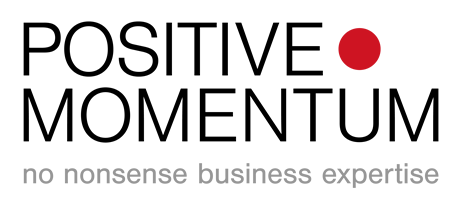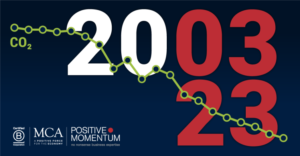In the second of our special series for leaders without a sales background but who lead sales leaders, we focus on Pipeline Management.
In our first of this series we verged on heresy by advising not to let conversations about pipeline dominate conversation with sales leaders about future performance.
Why? Well, just think how many times pipeline promises went unfulfilled. Now you might want to suggest that’s because the sales teams were over-confident in their forecasts – and that might be true – but equally, despite everyones best intentions, previously red hot deals can go cold for reasons that are genuinely beyond the control or influence of the sales team.
But of course pipeline reviews and the associated forecasts still form an important part of the mix so how to minimise the vagaries?
Mandate live, always-accurate pipeline management standards – but from a personal perspective only review in detail c5 days before the end of the month and on the first working day of every month (assuming you work on a monthly cadence). Ask for totals at each sales stage and review individual entries only at 50%+.
Use YTD/prior year Activity, Conversion and Average Order/Contract/Margin Value statistics as the most accurate base formula from which to derive a minimum forecast. Pipeline forecast will nearly always exceed this and discussion can therefore be about the difference.
Be alert to pipeline concentration risk at the salesperson level. Far better we’d suggest to have x4 $200k new/upsell opportunities than x1 $1m opportunity.
Be alert to repeating excuses for opportunities slipping. Poorly performing salespeople and managers tend to repetitively cite similar reasons and this will more likely point to a training need than a market trend.
Reconcile to the fact that salespeople and managers have a far greater tendency to be over, rather than under, optimistic with regard to opportunities. Build a monthly history of end of month performance versus forecast on day 5 of the month and throttle back your forecast based on this %. Until you’ve got this – minus 20% from any forecast.
Always ask these three questions with regard to any opportunity you choose to analyse:-
- What exactly is the compelling event that means this customer must make this investment now?”
- “What is it about our solution that makes us uniquely able to deliver meaningful value for this customer?”
- “Who are all of the people on the customer side that have any influence whatsoever on making this decision?” (THE Decision Maker went out with the ark!)
PLUS – Always ask to see the proposal, put yourself in the mind of the CFO of the client as you read it and judge whether you would support a buy decision if you were them based upon the document. We call this “the CFO test”.








